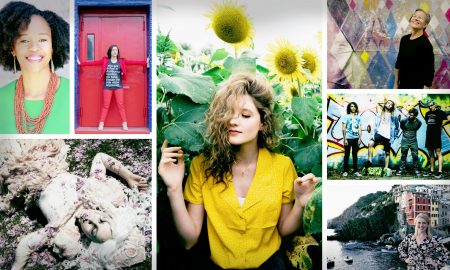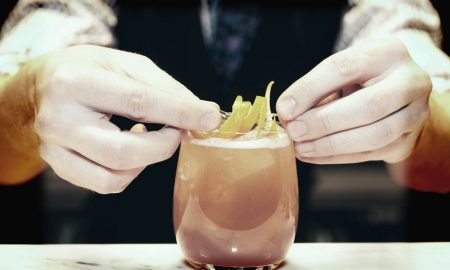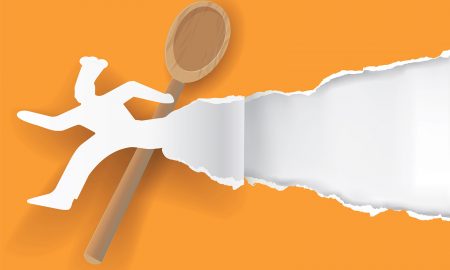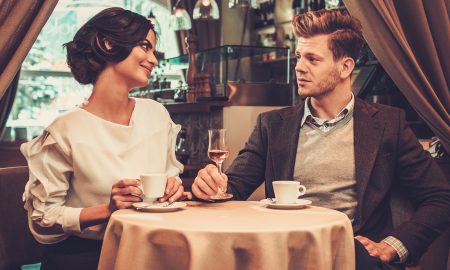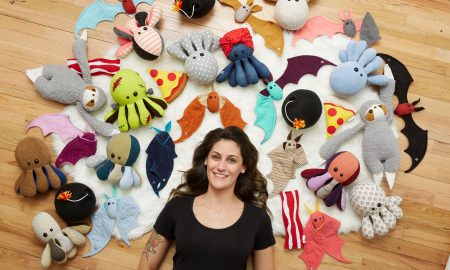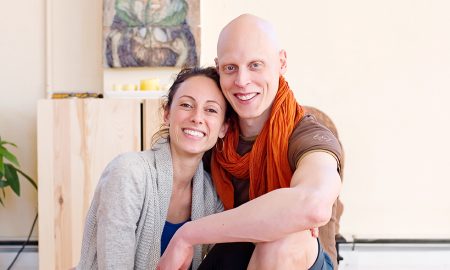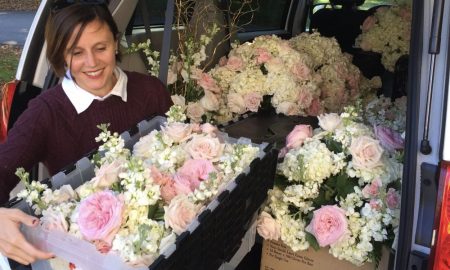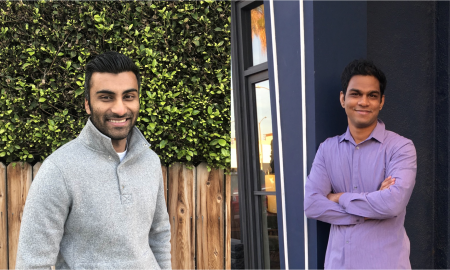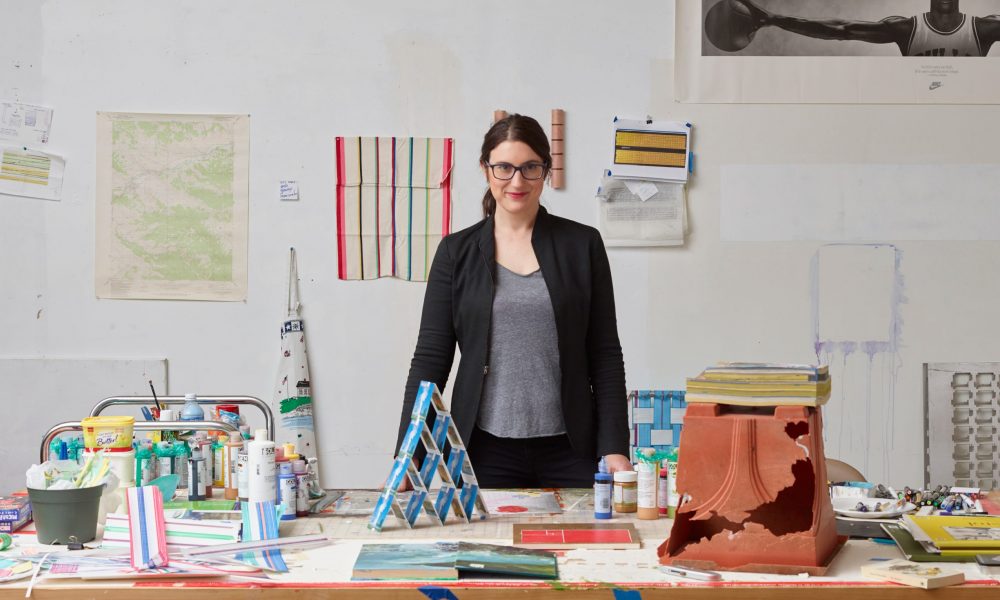

Today we’d like to introduce you to Carly Glovinski
Every artist has a unique story. Can you briefly walk us through yours?
Shortly after I was born, my parents bought land in southern Maine and used the timbers cleared to build a house (literally, my father and grandfather, who was a carpenter) that was a copy of an early New England/1800s gambrel design, with the interior also styled to historical accuracy with modern conveniences. I think the experience of growing up in a house that was essentially a tromp l’oeil environment, a carefully considered step back in time down to the last cut nail and hand stenciled detail made a big impression on the way I would later come to think and make work. Making another big impression on me was the fact that my father worked for the phone company. When I was young this meant I would go with him on call outs to telephone buildings in the middle of the night (a true adventure!) and run around among all the repetitive clicks and clacks and wiring systems, amassing a huge collection of little scraps of different color wire.
This was my “work” while my father went about his. I was supposed to go to a small liberal arts college to play basketball, but when an injury sidelined me during a tournament held at SUNY Purchase, I had a chance to look around campus and this was my first exposure to what “art school” was and I was all in. I attended Boston University and majored in painting. After graduating and living in Boston for a few years, I returned to seacoast New Hampshire so I could afford bigger studio space, have easy access to the woods and the ocean, get a puppy, and help renovate an old family property. I began renting studio space in a historic former textile mill turned artist studios where I still work today. Working as a part of a community of makers has been invaluable and allowed me direct access to specific sets of knowledge and experience that I wouldn’t have otherwise been exposed to. I can’t understate the power of an art community- especially outside major cities.
Please tell us about your art.
My work investigates patterns, everyday objects, and organizing systems and is fueled by my interests in DIY movements, homesteading, recreation, craft and design processes, and vintage home and garden items. My work employs trompe l’oeil and methodical craft techniques to bend perceptions of the things we recognize and take at face value, and specifically investigates the role of textiles in domestic life and place making, and the role landscape plays in our lives, not only first hand, but second hand through images and objects.
Over the last few years I’ve made work about/inspired by vintage textiles, beach chairs, rag rugs, library books and cataloguing, maps, phone books, post office boxes, puzzles, and invasive plant species. I love to look at used stuff- and frequent thrift stores and flea markets, gathering and studying the things that hold someone else’s history, now discarded. Sometimes it is only when an object has gone through a lifetime of use that it can become a perfectly inspiring looking thing- and hold its own history and nostalgia in its wear and tear.
I work across a variety of media- Painting, drawing, sculpture. and I love experimenting with different materials, figuring out what they can do, pushing them to their limits, and then using those qualities to make a particular work, like the way aluminum can bend and crease like paper. I am also interested in how multiples of something can serve as parts to a whole, this can sometimes mean repetitive mark making (thinking about a drawn line as a piece of thread) or pieces of a puzzle, books in a series, and stacks of sticks piled to build a campfire.
I think that we can find wonder in the everyday, if only we just slightly shift our view, keep our eyes open, and are willing to see the connection between things. I want to make work born from this place, and have it inspired in others a desire to interact with the tangible/ physical world. To roam, to touch, and to have reverence for the history that is contained in places, the behavior of objects, and the grandeur of nature.
Do you have any advice for other artists? Any lessons you wished you learned earlier?
There are many different paths to success as an artist– and many different definitions of success at that. While no particular one is better than another, what they all require is persistence, dogged work ethic, and a strong will. There will be rejection, life might feel like a choose your own adventure book at times. Learn to grow from and embrace these things, and above all, make your work/make honest work. Reach out, be supportive, visit each other’s studios/gather in groups/build supportive community. Artists need each other!
How or where can people see your work? How can people support your work?
I have work available primarily through Morgan Lehman Gallery, NYC, and also at Room 68, Provincetown, MA, and Visions West Contemporary, Denver, CO. A solo exhibition of my work will be on view at Colby Museum of Art (Waterville, ME) from Sept 25, 2018-Feb 17 2019.
I am always looking to expand my network of collaborators, collectors, artists, curators and exhibition spaces, so please don’t hesitate to reach out! Follow me on Instagram @cglovinski for latest updates, studio process shots and new work sneak peeks.
Contact Info:
- Website: www.carlyglovinski.com
- Email: cglovinski@gmail.com
- Instagram: @cglovinski

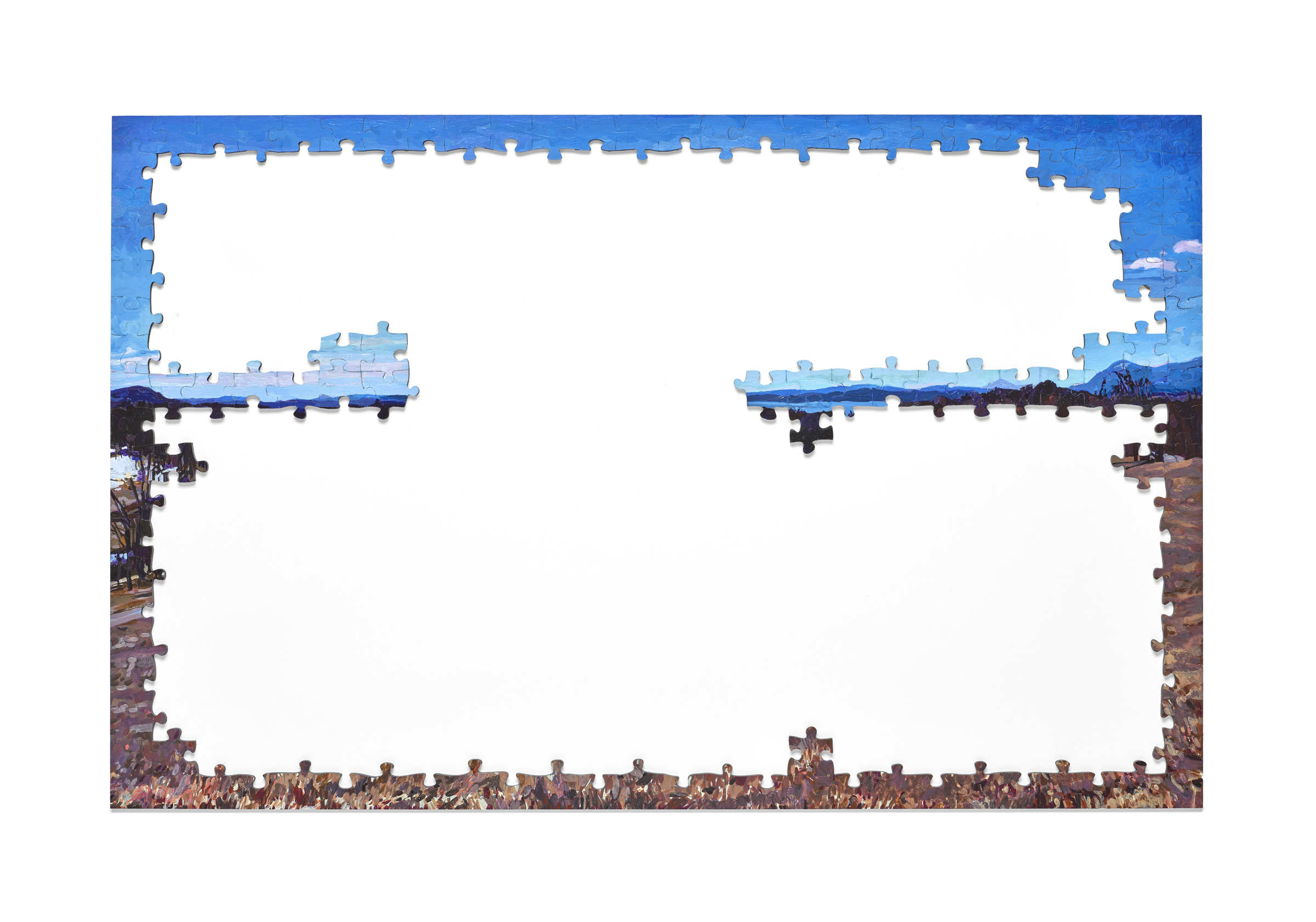

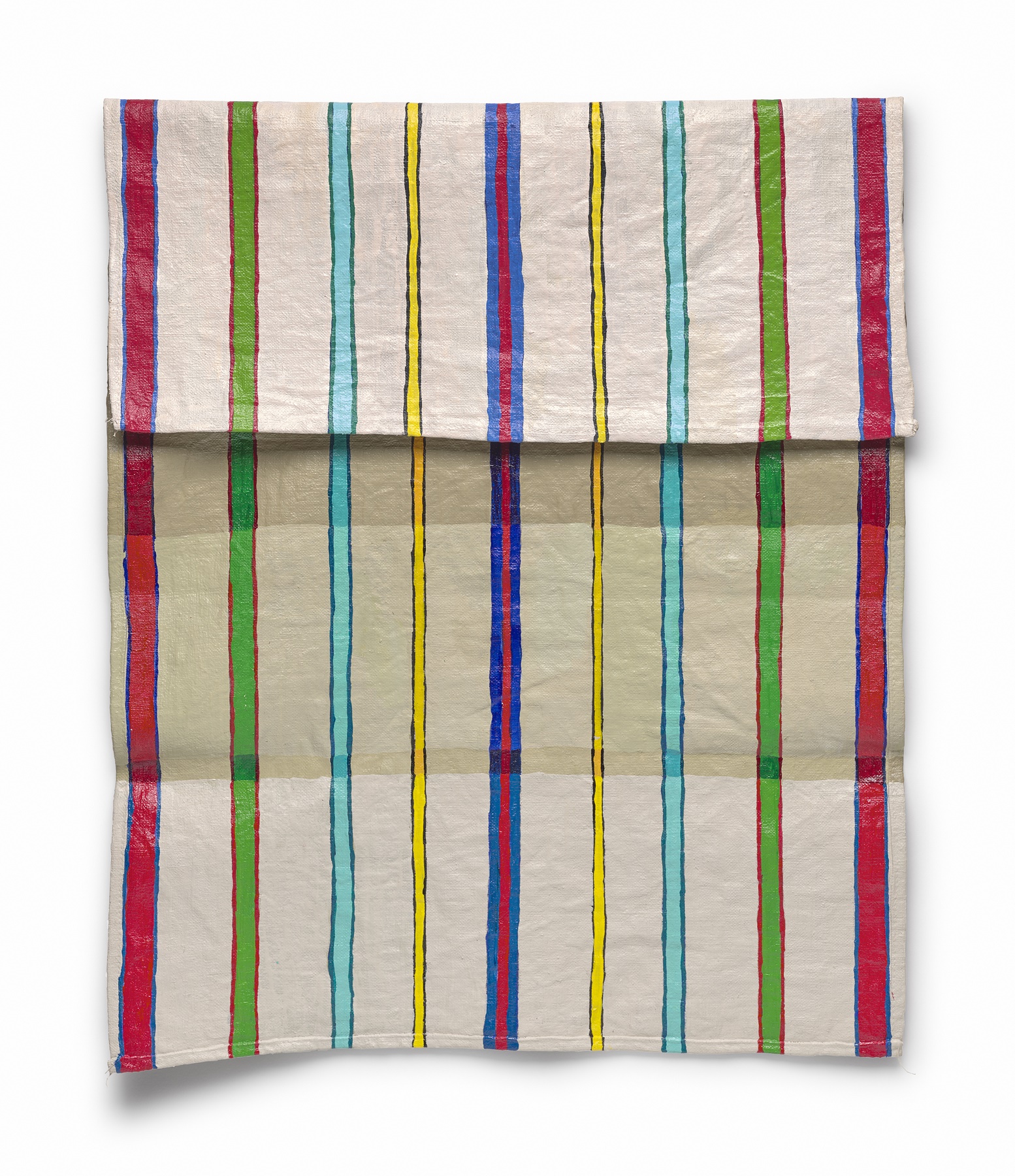
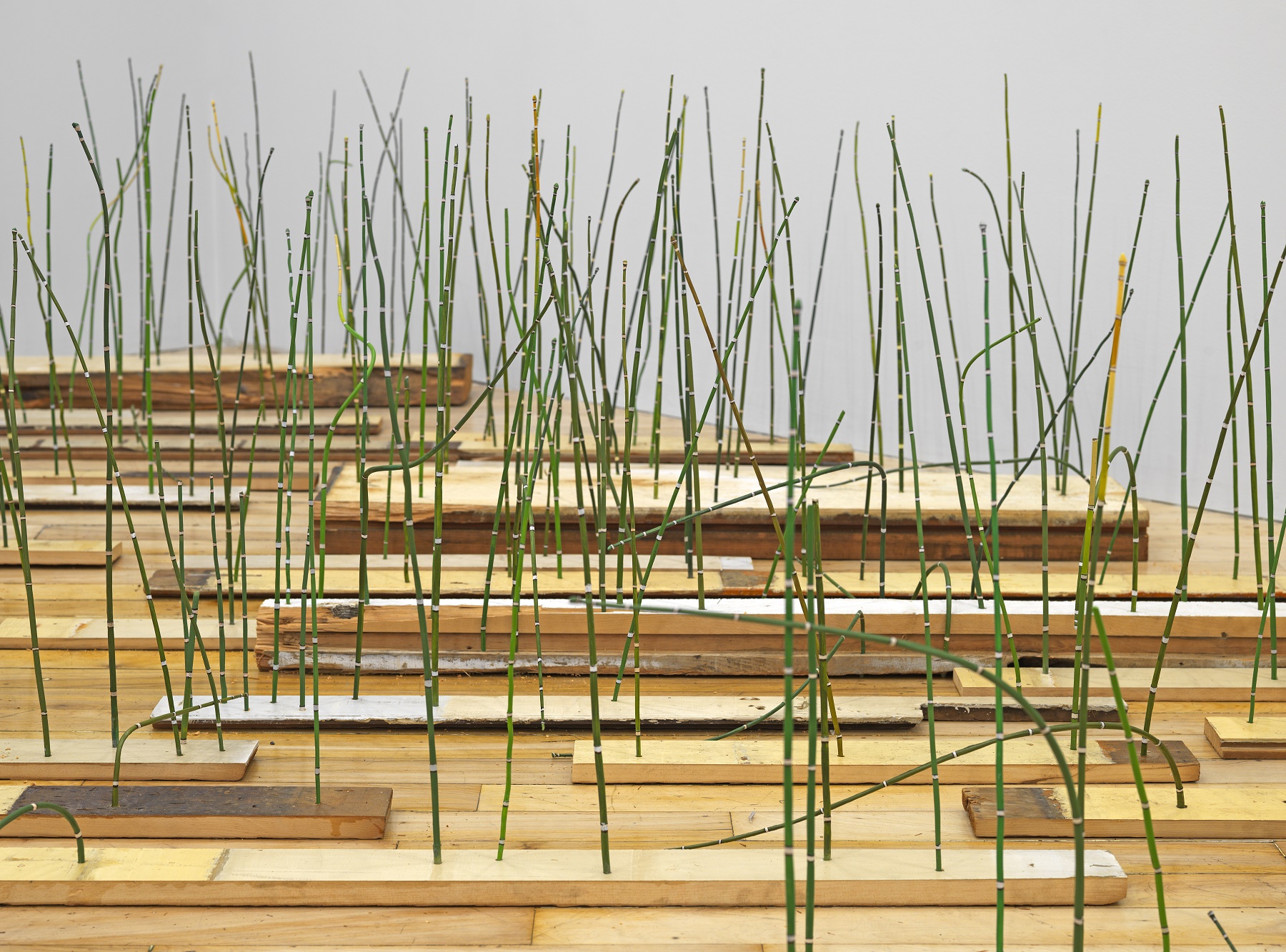
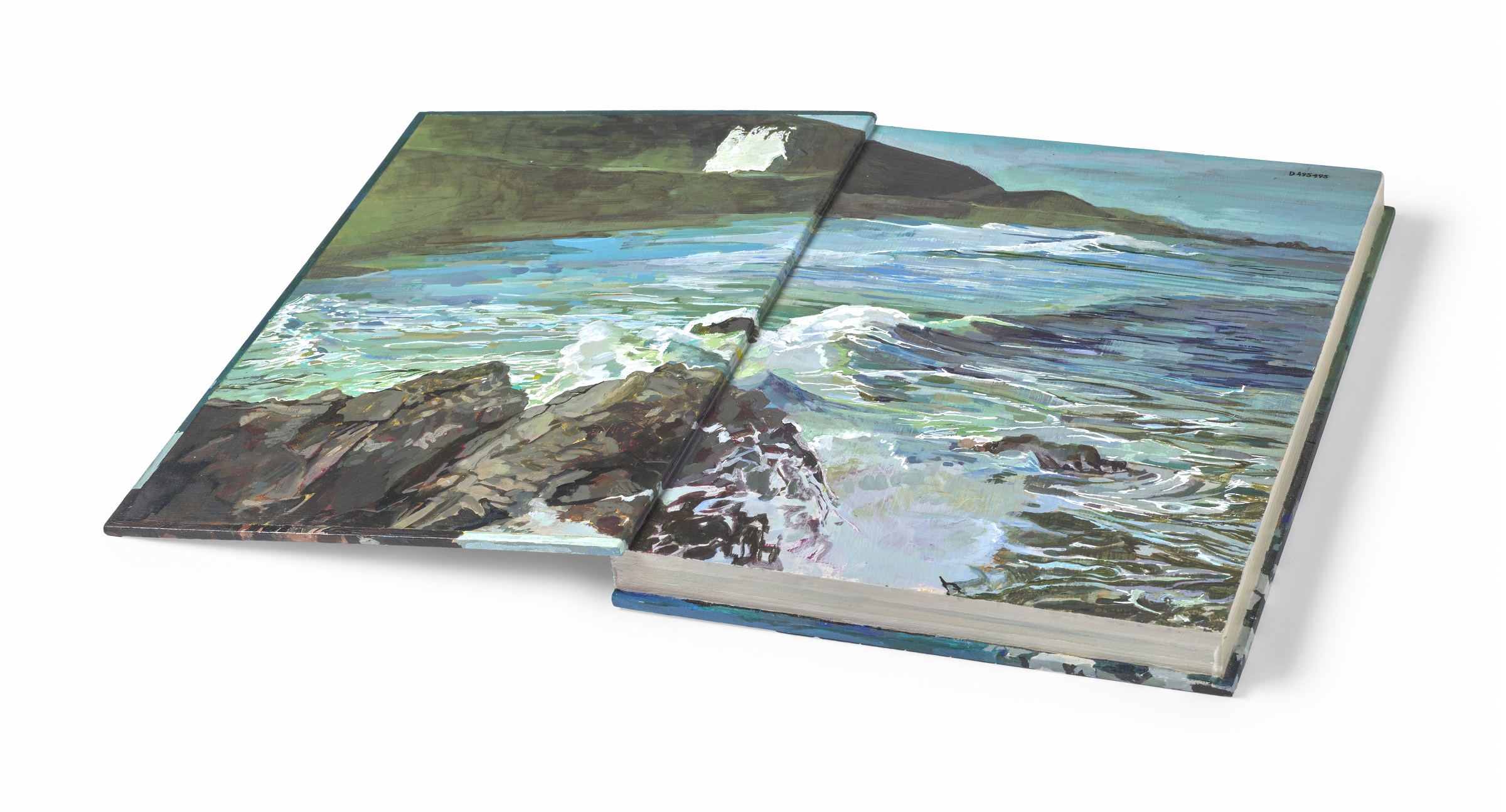
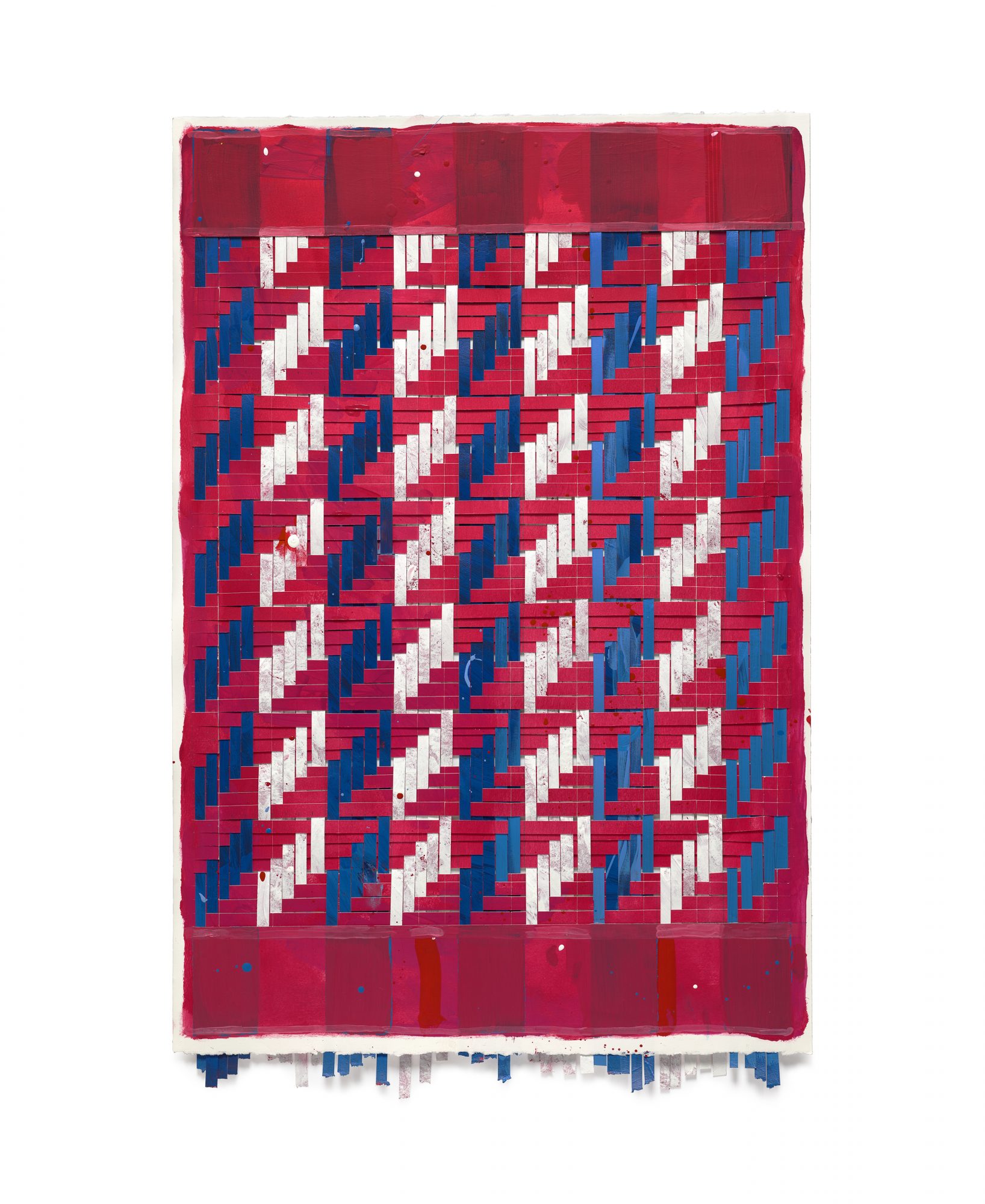
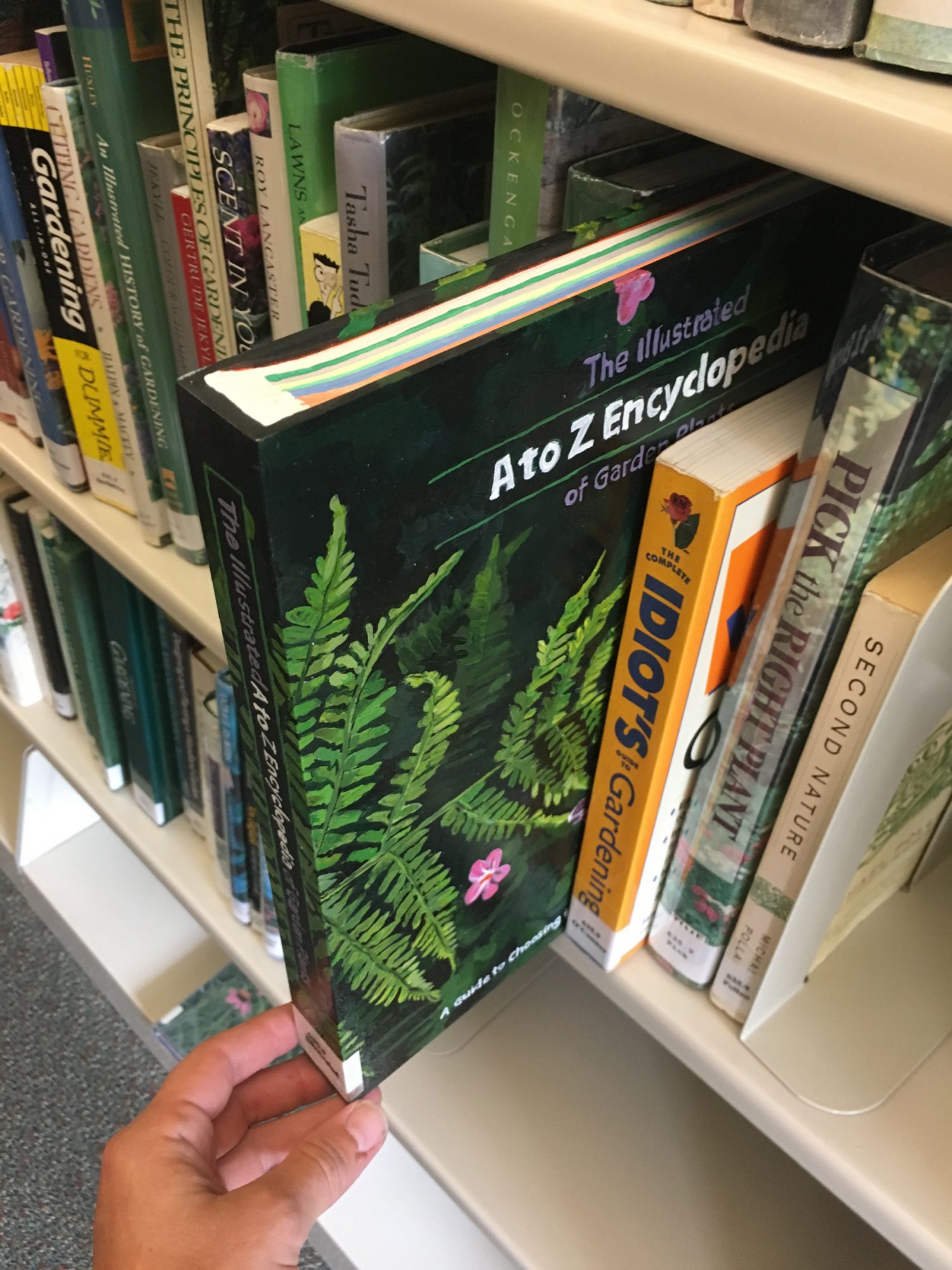 Image Credit:
Image Credit:
Exhibition view photo is courtesy of Morgan Lehman Gallery, Head shot is Michael Winters. all others Stewart Clements.
Getting in touch: BostonVoyager is built on recommendations from the community; it’s how we uncover hidden gems, so if you know someone who deserves recognition please let us know here.

